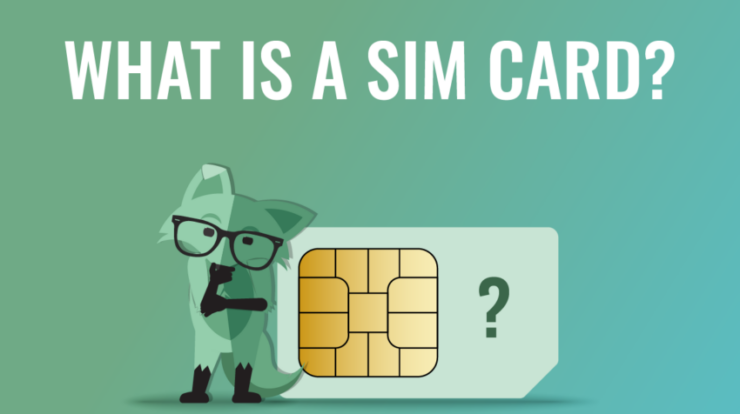
In our tech-dependent society, having a way to stay connected is practically a necessity. Add in the safety and security that devices like cell phones can provide, and suddenly you’re contemplating a major decision.
Digital devices can be powerful tools that support learning and development, offer exciting entertainment, and provide a means to connect. But when used too early, too often, or both, the drawbacks start to add up.
That’s why so much advice surrounding the “right” time to outfit your child with a phone falls short. The ambiguous answer of “it depends” offers little help for mindful parents on the cusp of a precedent-setting choice. However, there are age- and milestone-based markers that can help you make the right call for your family.
1. You Have a School-Age Kid With a Need to Stay in Contact
Students in elementary school are already learning on tablets and computers, making their digital fluency a guarantee. Beyond helping them understand how to interact and work in a connected world, their tech aptitude is strong.
A parent’s initial thought of a child as young as six having a phone may be one of dismay. However, the world today’s parents grew up in doesn’t exist anymore, meaning it’s time to set aside our learned experiences.
If your student walks to and from school, preparing them for safe travel is likely already on your mind. And if your state is a door-to-door state, your child’s school is responsible for ensuring their safe arrival at home. But this legal assignment of responsibility doesn’t mean they provide an escort.
If your child is away from a means to connect with you, a kids phone may bridge the gap. These no-frills phones give kids access to a set number of essential contacts they can call or text. Some phone services can also be integrated into a smartwatch device, which could provide easier use for little fingers. Review your child’s school device policy to ensure you and your child stay in compliance while staying connected.
2. You Have Kids With Extracurricular Commitments and Strict Schedules
School sports, evening karate, and after-school club meetings quickly fill up your kids’ free time. As much as you’d like to taxi them to and fro, doing so may be a team effort. School-provided extended care, buses, and friends and family may come into play for your child’s safe care and transport.
While you often have a way of contacting the responsible adult in charge, equipping your kid with a means of communication is prudent. If their pickup person is running behind, a phone or text-enabled device helps them make contact.
Review the planned process for your child’s post-school activities and how they’ll get there and be picked up. Make a contingency plan for real-life situations like running late, traffic issues, and simple mistakes. Kids of every age can get distracted and miss their pickup or let time get away from them. Empowering them with a way to reach you is more than just convenient; it’s smart.
Generally, school-led sports are offered to students in third grade and above, meaning eight-year-olds are experiencing more independence. Practicing for musicals, attending dance classes, or working with a tutor are other situations that might call for a phone. Focus on assessing your child’s maturity level and trustworthiness when using similar devices like tablets. If they’re able to keep track of them and avoid damage-inducing behavior, a phone may be in their near future.
3. You Have a Kid Who Manages Their Own Transportation
Whether you live in the suburbs or the city, there’s a point when your child will manage their own transportation. Beyond loading up on a school-provided bus, kids may ride public transportation after school and on the weekend. After receiving the tutorial and go-ahead from you, they may be able to get themselves where they need to be.
Depending on where you live, there may be rules surrounding what age a child can ride public transportation alone. For kids entrusted with identifying their route and traveling across the city, a cell phone may be reassuring. Some devices allow you to track the phone’s location, which can have multiple benefits. Aside from finding a lost phone, this feature helps you keep tabs on your kid’s whereabouts without a call or text.
If your child is old enough to work, a phone gives them the ability to call you for a ride, especially if their shift ends early. With certain provisions, kids as young as 14 can be employed, according to the Fair Labor Standards Act. Outside traditional employment, kids as young as 10 can be parent’s helpers during summer break. If a child is responsible enough to work, they’re likely ready for a phone.
Assess Your Goals for Giving Your Child a Phone
Setting your kid up with a phone isn’t a decision you should base on age alone. It’s one that deserves careful consideration with regard to both cost and responsibility. While digital devices are tools most people carry, opening up the door to your kid’s connectivity is a major milestone.
Aim to convey the responsibility that comes with a phone and the potential dangers it poses. With phones designed for kids, many of the concerns associated with online access and social media are reduced. For devices with full access to the risks and benefits of the internet, it’s important to set boundaries.
Discuss your goals first with any adults involved in the decision-making and the monitoring of your child’s phone use. Then review your expectations and the consequences of not following them before giving the device to your kid. No matter what age you land on, what matters most is setting expectations appropriate for your child and your family. If you time it right, a kid’s first phone can instill a sense of confidence in them and in you.



